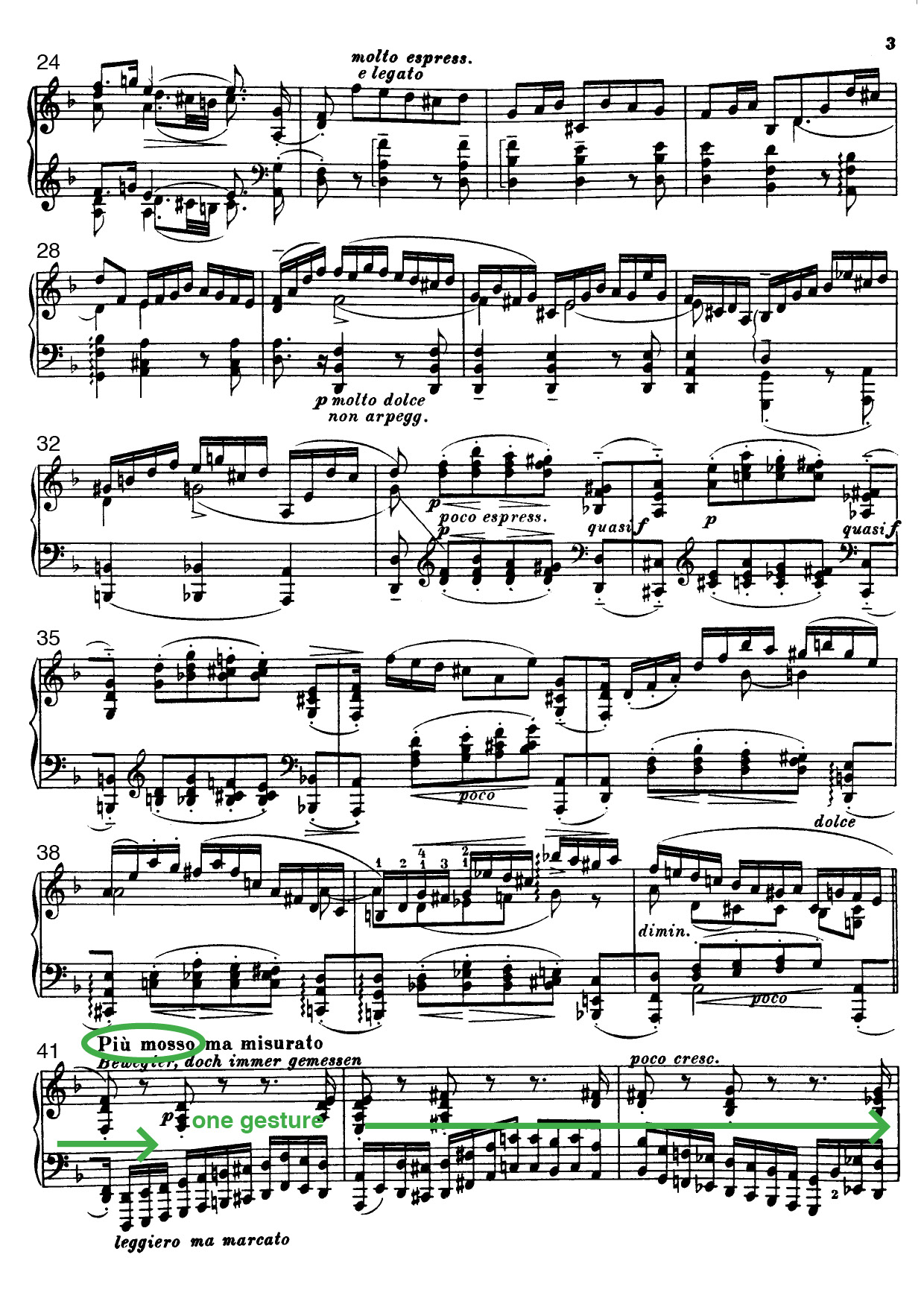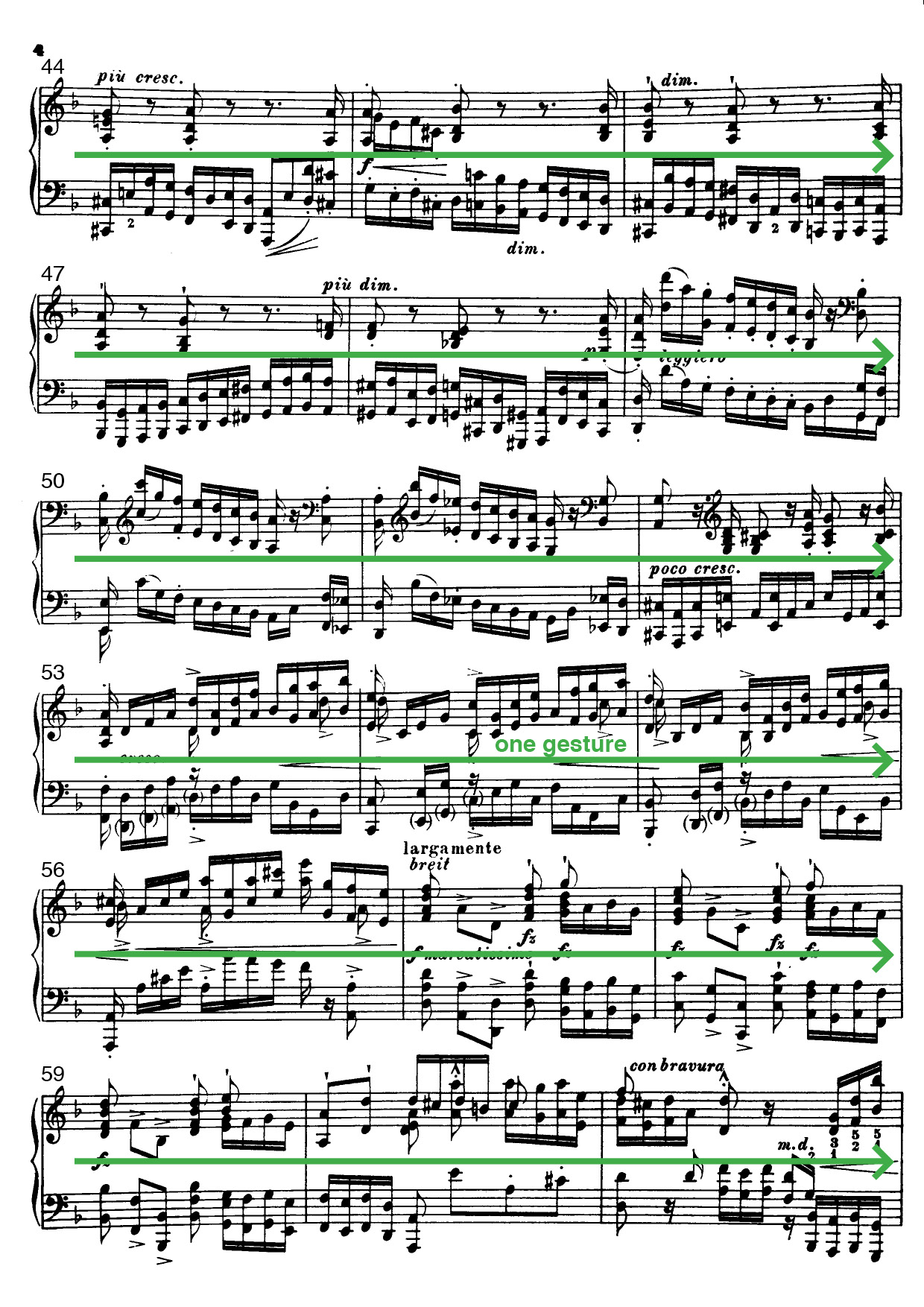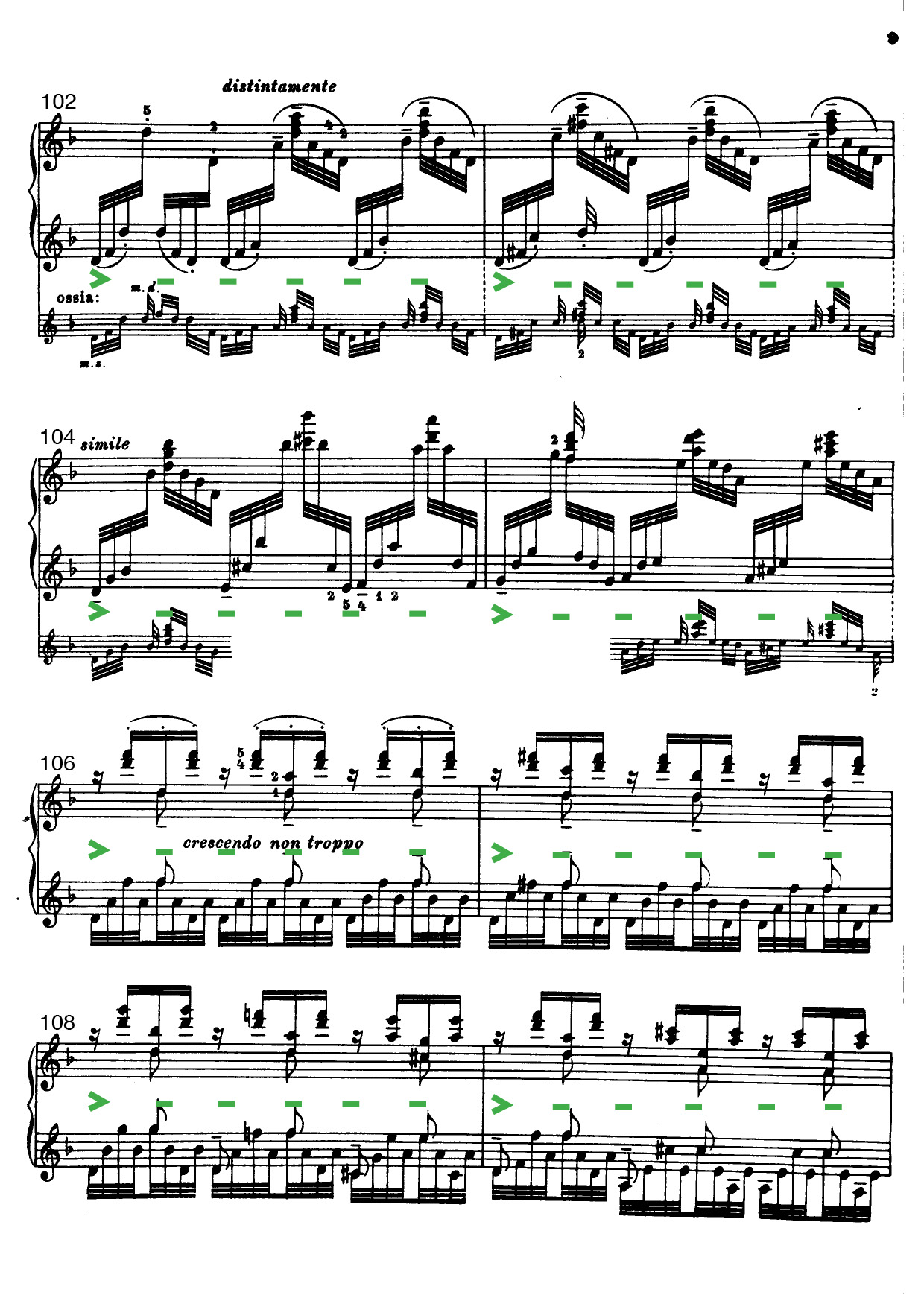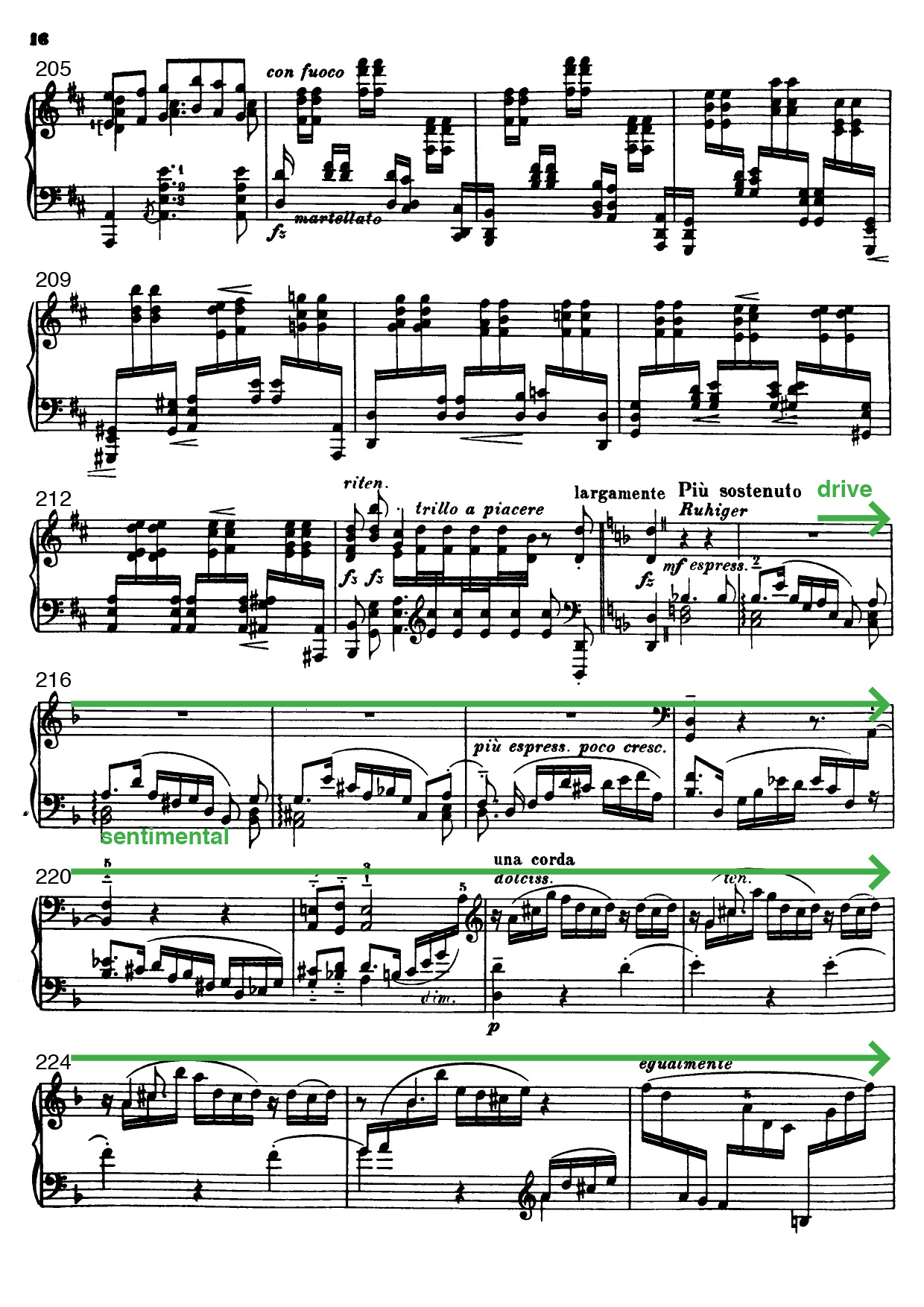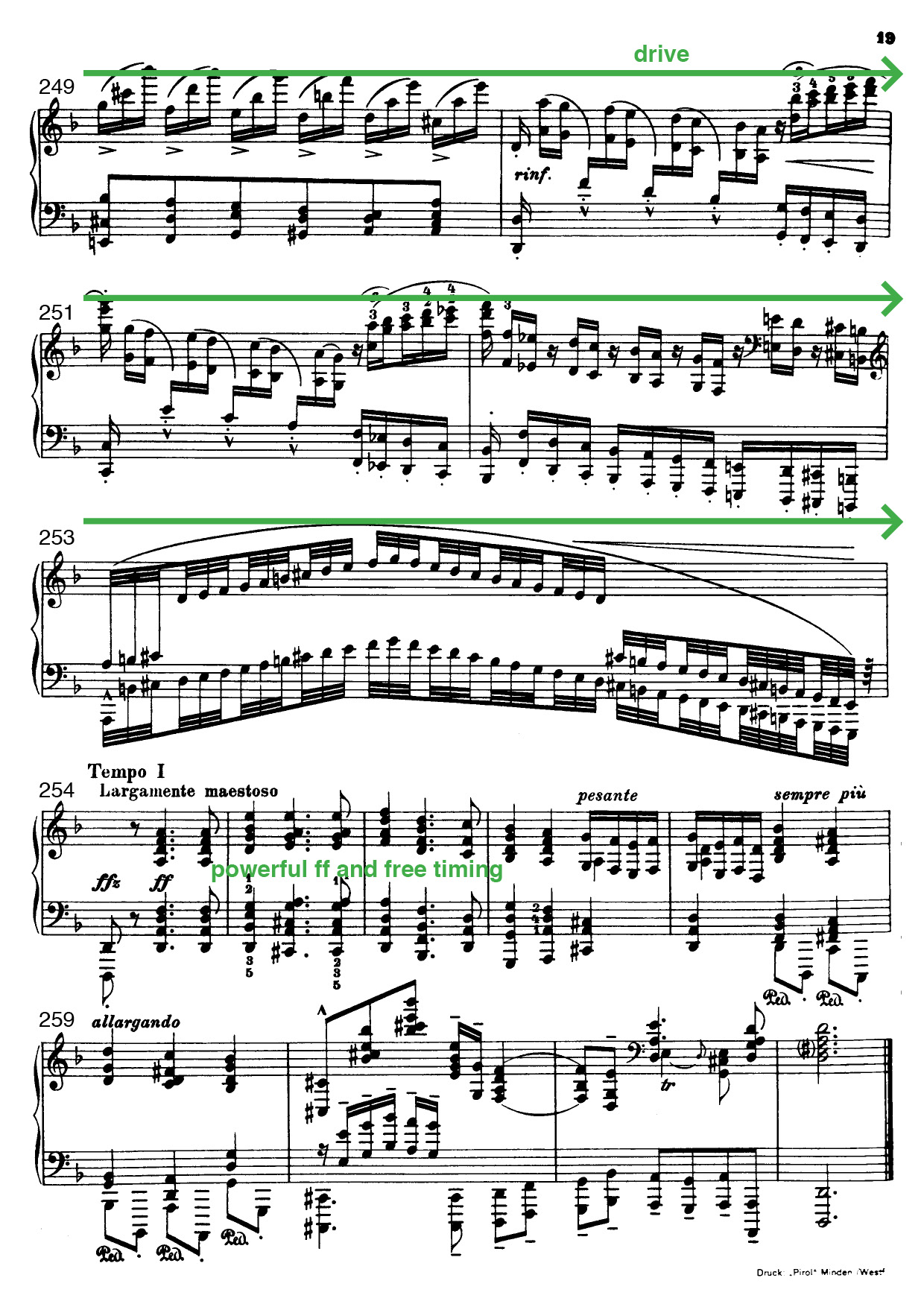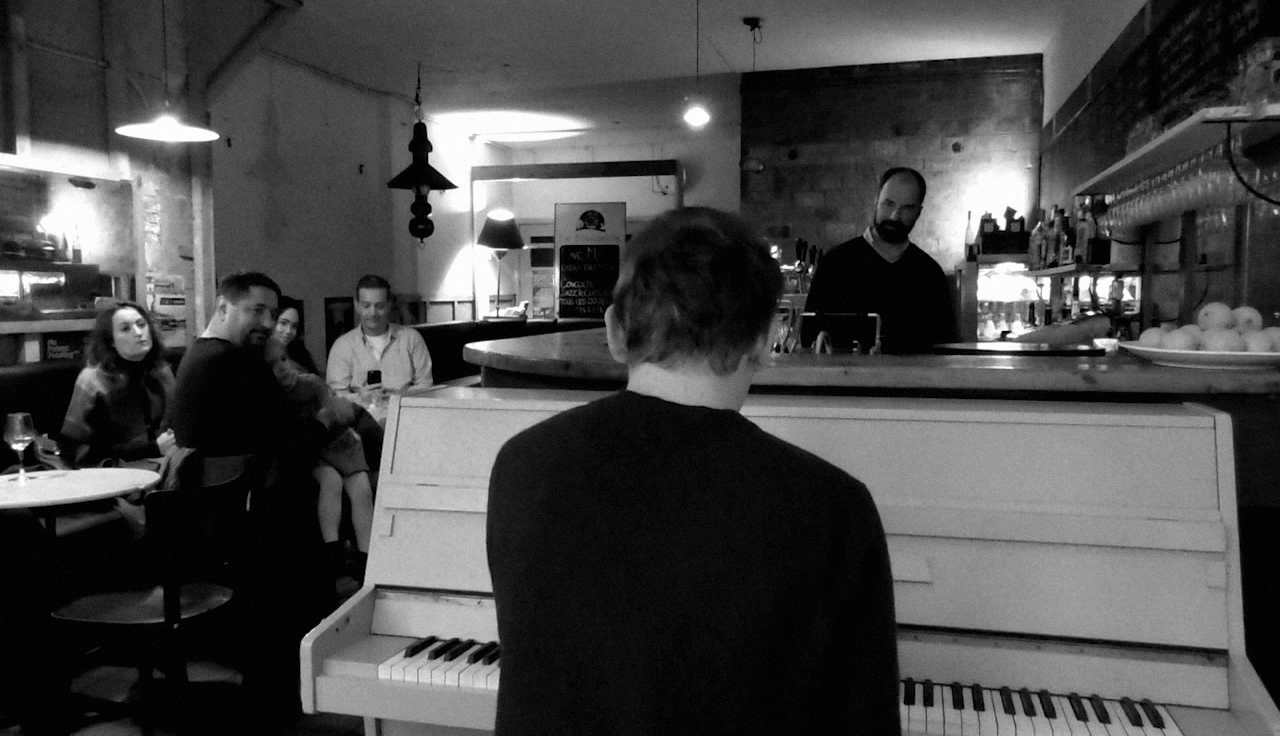music club
Classical music has recently found a new venue – music clubs. For purposes of this research project, when I refer to a music club I am referring to jazz or other popular music venues that sometimes host classical music concerts, with around 50 seats. As such, I will conduct my music club experiment in The Kikker Jazz Club in The Hague. This space, and others like it, are places where classical musicians can communicate with more versatile and diverse audience and present music with less of the weight, pressure, and expectations associated with hundreds of years of performing traditions:
'Indie classical is a larger phenomenon — it's ways of doing classical music that are not the old ways, said Greg Sandow, a music critic, composer and a member of the faculty at the Juilliard School, in New York. Certainly and deliberately it has overtones with indie rock that are homemade, new and out on the edge. It is the response of the younger classical music world. (Brownell, 2016)
In the music club, the performer and the audience are on the same level. Even if not physically, there is typically no barrier between them – bartenders often put tables and chairs back on the stage when the concert is over. The distance between the audience and performer is usually quite small, and everyone feels as though they are breathing the same air. This means however that the audience is also a part of the performance: their actions can either disrupt or encourage the performer. From the performer's point of view, here they can show the more earthly qualities of music, rather than solely the spiritual. Besides an expression of skill and artistry, here the performance also becomes a form of entertainment.
In a club setting therefore, I decided to play the beginning of the Maggiore section of the Chaconne (m. 138-165) quite sensually, and with free timing, as opposed to showing its more transcendent, abstract, and spiritual qualities. The climaxes in m. 130-137, 190-197 and 254-262 will also receive a broader and more powerful treatment, making them more self-sufficient. Even though I see these moments as logical developments in the context of the whole piece, in the environment of a music club I expect them to gain meaning as passages of breathtaking sonority in their own right.
Audiences in a club don't tend to be frequent attendees of and listeners to classical music events. They come simply to enjoy music, and in this case it just so happens to be classical music. (Eatock, 2006) This gives the musician an opportunity to abandon clichés that have formed around the understanding and performance of classical music repertoires over the centuries, and to play very freely and in a more personal way. This also means however, that the music may need to be explained explicitly, and perhaps even verbally, in order to persuade someone who may be listening to the piece for the very first time. As such, one's phrasing and articulation should be clear and even obvious rather than subtle and nuanced. For these reasons, I decided to push the tempo in m. 41 of the Chaconne in order to help establish the gradation in m. 41-64 as one powerful gesture. I will also try to organize the relatively complex section in m. 82-89 with clear phrasing beginning on the first beat.
Visiting an event in a music club is usually a highly social experience. Even if they are mostly concentrating on the performance, the audience usually divides their attention between drinking, communicating with friends, and observing other audience members. Grabbing the attention of this kind of audience is therefore the performer’s task in this setting. This can be accomplished with sudden contrasts, virtuosic playing, and by playing with a strong impulse for example. I believe it may also sometimes be necessary to exaggerate certain musical gestures in order to receive the audience's undivided attention in this space. To be really musically persuasive in this setting therefore, I planned to take advantage of passages such as m. 65-77 and play them very passionately and virtuosically: with a quick tempo, brilliantly voiced top lines, and impressive forte dynamics. The section in m. 214-262 can also be very persuasive if played without breathing between phrases and with a strong rhythmic drive.
The atmosphere of a music club, for a classical musician, can seem quite noisy. People are quietly talking, and waiters are serving drinks. The audience is after all probably used to concerts with amplified sound. This can create a relaxed atmosphere, but it also demands a very strongly expressive performance in order to cut through the noise. Long piano sections could be problematic in such an environment, and should instead be played in a more strongly defined manner and dynamic. In m. 94-109 for example, there is the danger of becoming lost in the background noise of a music club. In order not to lose the magic and light color of this section, rather than playing louder, I will place slight accents on the first beats, thereby giving this passage more shape and inner drive.
People in a music club are seated around tables and can, during the performance, easily communicate with each other both visually and verbally. They spontaneously exchange opinions and impressions about the music. This creates a sense of group emotion or excitement. As Matt Haimowitz, a classical cellist who often performs in music clubs, observes: “What I have learned in clubs is that a performer doesn’t have to be larger than life – you can also be vulnerable … there is something about playing Bach in a club atmosphere. People get it in a different way.” (Haimowitz, in Eatock, R1) Here I believe Haimowitz is referring to a collective relationship towards the music that is created in music club concerts: one that helps listeners to grasp the music more easily and, as a result, get more excited about it. To help nurture this feeling of group excitement or magic in my music club experiment, I will look to the beginning of the Chaconne. It must be presented as a powerful gesture that takes the breath away. Also, the beginning of the last section (m. 214-229) can be very effective if played sentimentally and with richness of color.
Since the performer is usually very close to the audience in a music club, there is a greater chance of social interactions occurring between them. Performers can take advantage of this situation by acquainting the audience with the music verbally as well as musically. There is also a chance for the audience to get to know the performer personally, since anyone can approach him during the break or after the concert. To take advantage of this greater communication between performer and audience, I will prepare an introduction to the piece, in which I emphasize its most interesting or expressive parts, in order to pique the interest of the audience.
The lighting in a club is soft and dispersed, and the performer is usually not as spotlighted as when they are onstage in a concert hall. This creates an atmosphere of equality and enables more two-way visual contact between audience and performer:
The audience takes an active role in influencing the reproduction process of the performer. This form is common in today’s popular music scene, where audience members cheer and sing along with the performer and work to control the ‘energy flow’ of the concert. Both the performer and audience work in concert to produce a tailored music experience. (Livingstone, Brown, and Muhlberger, chapter 2.3)
Even if the audience does not sing along to my playing, there are other means of receiving feedback and mutually 'tailoring' the performing-listening experience we can co-create. For example, in the Chaconne I plan to try and visually communicate with the audience in charming passages, such as in m. 158-165. This is something I would rarely do in a concert hall setting.
Acoustical conditions in this kind of venue are usually not the best. The sound can be unclear and noisy, and the range of dynamics that are pleasant to the ear can thus be limited. The musician must therefore try to avoid extreme dynamics, and search instead for other techniques for projecting their expressive intentions. Also, where the use of the pedal is concerned in such spaces, one must be very careful. In order not to go too over-the-top therefore, I decided to play the largest climax in m. 198-213 with a distinctive and broad sense of time, rather than with extreme dynamics. Also, I expect that an intelligent approach to voicing could also help here.
results
By following my planned interpretational decisions as closely as possible, in general I found my music-club experimental performance to be quite flashy, brilliant, and sentimental—even though the instrument was very poor and out of tune. I was booked to perform in the club for the whole afternoon and early evening, so I decided to perform the Chaconne twice, because the audience had changed in the meantime. Both performances turned out a little different from one another, especially due to the different reactions of the audience during the performance. The afternoon audience was very loud, and interacted with each other quite a bit during the performance. There was also a three-year-old girl in the club who was dancing, jumping, and making a lot of noise while I played. Surprisingly however, the evening audience was much quieter, and generally much more similar in behavior to a concert hall audience. They were classical music enthusiasts, and listened to the performance with their full attention.
As expected, playing the opening of the work loudly and brilliantly indeed captured the attention of the audience. They also seemed to get excited by communicative and sentimental interpretive decisions, such as my timing in m. 138-165 (example 1). Sometimes I had difficulties playing brilliantly however, due to the instrument and the pressure of trying to exaggerate this quality much more than I'm used to. Strong gestures, as in m. 41-64 (example 2), functioned well in this environment: they drew the attention of the audience, and seemed to prepare them to listen for other, even more detailed, musical features.
The amount of noise in the venue however was one of the biggest challenges I faced, especially during the afternoon performance. Even when trying to increase the clarity of my articulation and when adding slight accentuations, pianissimo sections often lost their focus (example 3, m. 94-109). The audience, especially in the afternoon, also communicated amongst themselves quite a lot during my performance. I believe however that I was successful in creating a sense of group excitement in the beginning (example 4, m. 1) and in the more sentimental sections. There was some degree of eye contact between the audience and I, which I found both inspiring and disturbing. In section m. 158-165, where I had planned to introduce some eye contact, this turned out to be quite distracting. In the evening performance however, there were other moments of visual communication that worked to the benefit of both the audience and I (example 5, m. 98).
In both performances my verbal introduction was perceived as pretentious, but in speaking with audience members afterwards, many said they changed their mind after listening to the piece. I could probably improve the text and my delivery, but I believe it sparkled some interest in the listeners. Finally, while the acoustics and quality of the instrument proved to be quite a challenge, my plan to build character with timing rather than dynamics was successful—especially in section m. 198-206 (example 6).
|
Category |
Characteristics |
Opportunities / Demands |
Response of the performer |
Specific response in Bach/Busoni Chaconne |
|
Distance between performer and audience |
Sitting close by / On same level (psychological) |
Audience can be a part of performance / Disruptions between the concert |
Profane / Defined / Entertaining |
m. 138-165 sensual, free timing / Strong and broad sections m. 130-137, 190-197, 254-262 / |
|
Profile of audience |
Not usually listening to classical music / Open |
Not bound by clichés / Music must be explicitly explained |
Free interpretation with strong gestures / Explaining music verbally / Obvious phrasing |
Clear boost in tempo in m. 41 / m. 41-64 one powerful gesture / m. 82-89 clear phrasing on 1st beat |
|
Level of attention |
Attention divided (stage, socializing) |
Taking attention is a task |
Strong contrasts / Virtuosity / Strong drive |
m. 65-77 virtuosic and passionate / m. 214-262 without breathing – strong drive |
|
Level of noise |
Noisy / Quiet talking, waiters serving drinks |
Relaxed atmosphere / Need strong expression to cut through the noise |
Long piano sections strongly defined |
m. 94-109 giving accents on 1st beat to keep it clear |
|
Amount of social interactions within the audience |
Exchanging opinions verbally / Visual contact |
A group excitement or emotion is created |
Strong musical gestures / Taking in account atmosphere in the room |
Beginning should take the breath away / m. 214-229 Sentimental |
|
Amount of social interactions between performer and audience |
Talking between the pieces / Communication during the break |
A pedagogical role of acquainting audience with classical music |
Explaining interesting details verbally and showing them while playing |
Explaining basic structure of the piece (variations) / Preparing audience to pay attention to most expressive sections |
|
Lighting |
Dispersed / Visual contact both ways between performer and audience |
Taking advantage of the atmosphere / Visual communication with the audience while playing |
Finding passages that blend with the atmosphere / Receiving feedback and giving encouragement to the audience |
Visually communicating with audience in charming passages, such as m. 158-165 |
|
Acoustics |
Noisy, unclear |
Limited range of dynamics |
Avoiding extreme dynamics / Careful use of pedal |
Climax m. 198-213 more with timing than dynamics |

